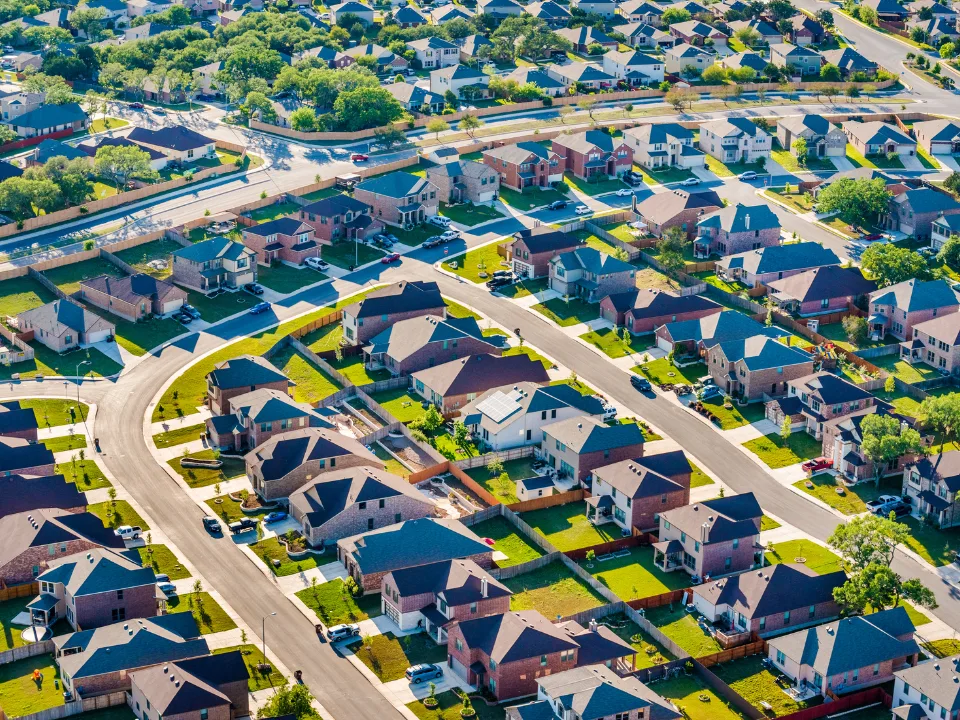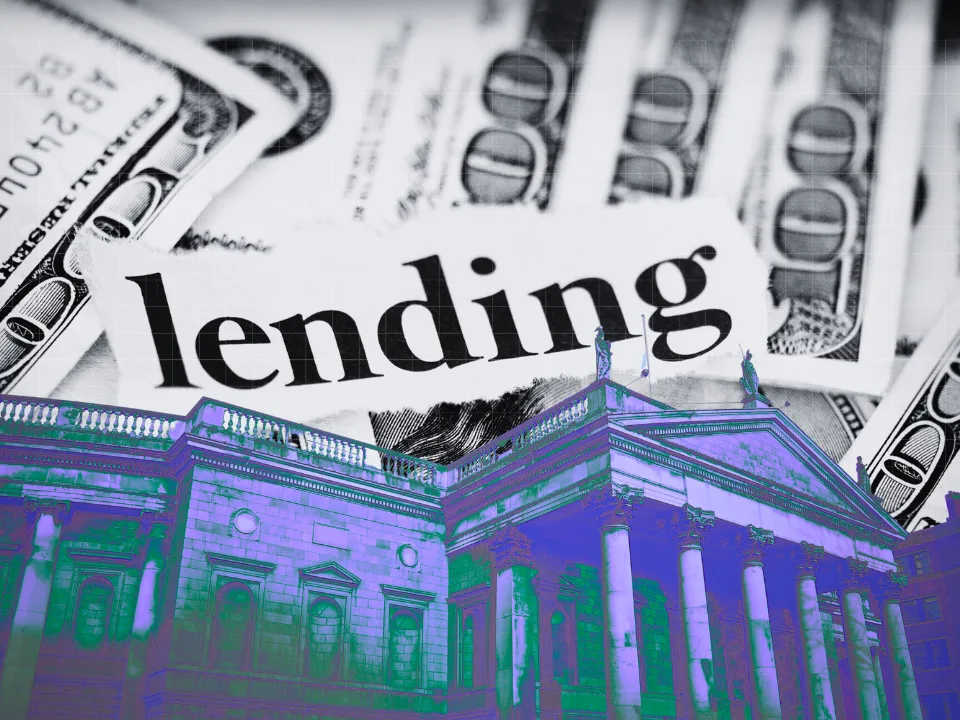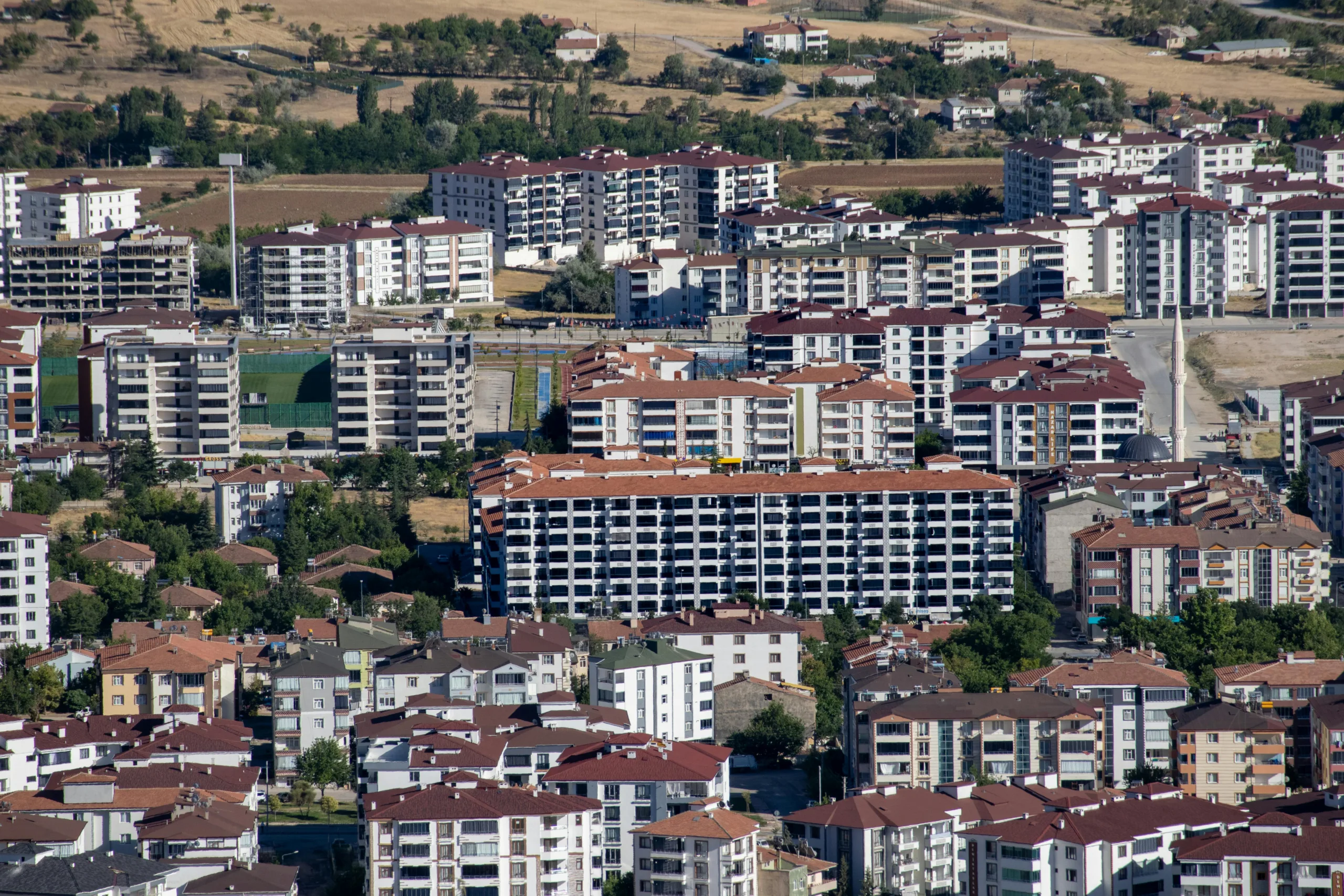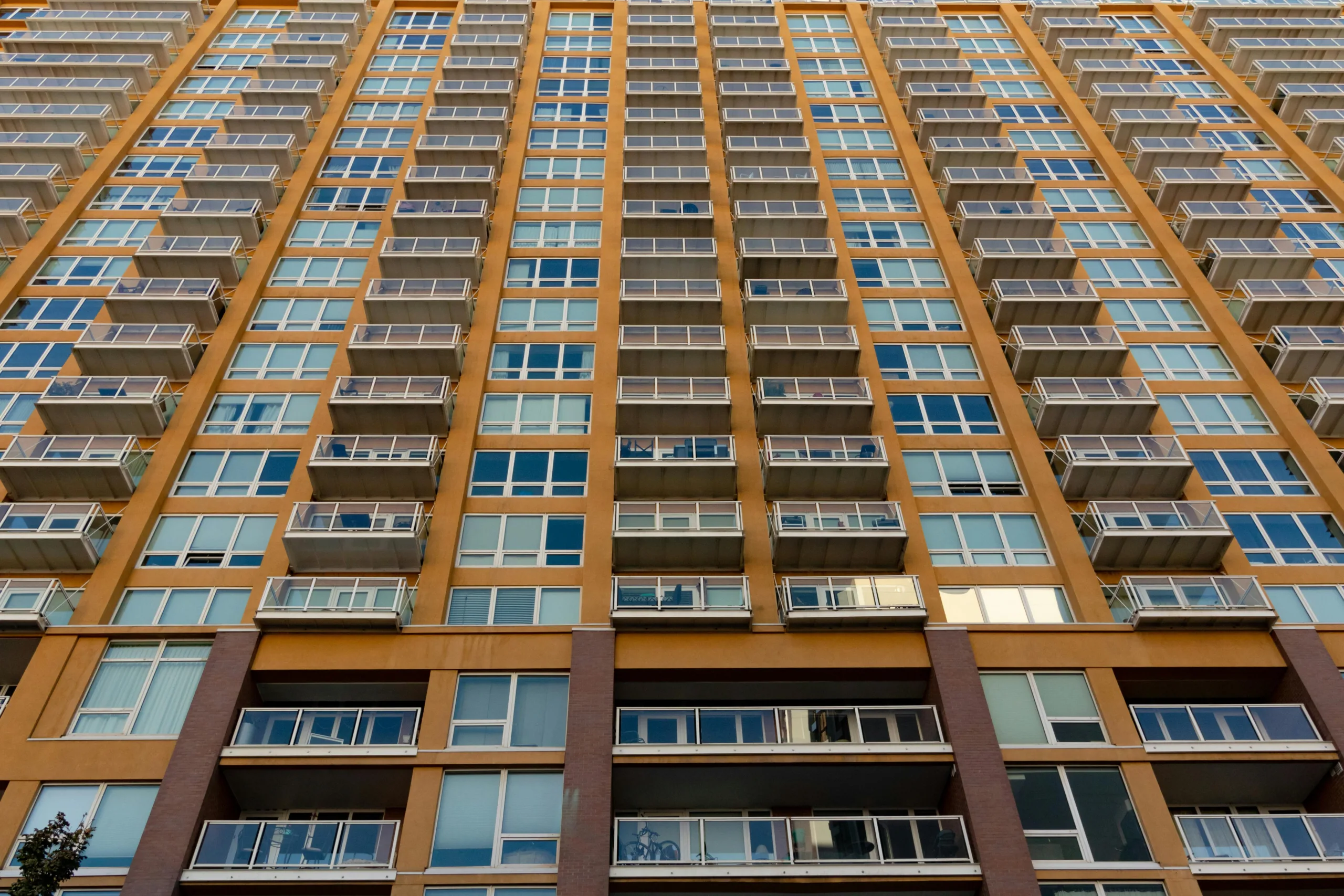- In the 20 largest US metros, 203 suburbs now have more renters than homeowners.
- Rising costs, remote work, and lifestyle shifts push more renters to the suburbs.
- Frisco, McKinney, and Grand Prairie, TX, saw the biggest growth in renter households.
- These include Dallas, Minneapolis, and Boston.
Suburbs Redefine the Rental Market
Traditionally, suburbs were synonymous with homeownership. However, that’s changing. Between 2018 and 2023, 15 US suburbs transitioned to renter-majority status. This brings the total number to 203, based on a new Point2Homes analysis of US Census data.
This marks a major shift in where and how Americans choose to live.
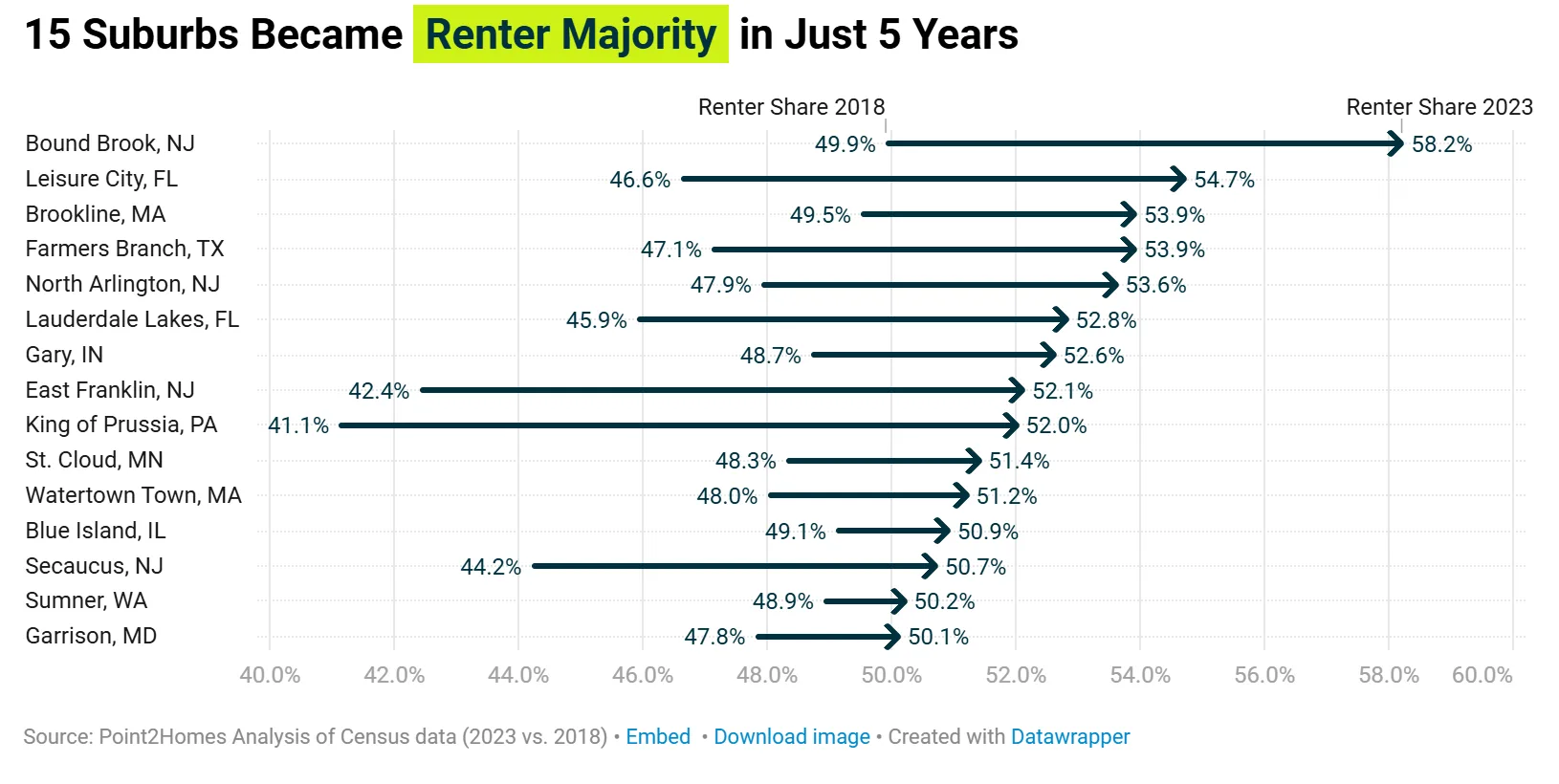
What’s Behind the Shift?
Several factors are driving the trend.
First, affordability is a growing concern. Many urban areas are simply too expensive to buy a home. Rising home prices, high interest rates, and property taxes are pushing people to rent instead.
Second, remote work has changed the game. With 68% of employers offering flexible work options, people can live farther from city centers without sacrificing job access.
Finally, developers are responding. New rental projects are increasingly located outside urban cores, offering more space and amenities than city apartments.
Where the Shift Is Happening
The most dramatic change is in Texas. Frisco added over 10,000 renter households from 2018 to 2023. McKinney and Grand Prairie weren’t far behind, each adding more than 5,000.
Frisco’s growth started in the 1990s and continues today. It’s now a key commuter hub for the Dallas–Fort Worth metro area.
Meanwhile, Woodbridge, VA, was the only suburb outside Texas to rank in the top five for net renter household growth.
Suburbs With the Highest Renter Shares
Some suburbs stand out for their high percentage of renters:
- Cudahy, CA leads among non-military suburbs with 88% renters.
- Others with over 80% renters include Addison, TX; Clarkston, GA; and Harrison, NJ.
- Military bases like Fort Meade, MD, and Camp Pendleton South, CA, show near-total renter shares due to government-owned housing.
Suburbs Growing Faster Than Cities
In five metro areas, suburbs are gaining renters faster than their urban cores:
- Dallas saw a 17.6% increase in suburban renter households, compared to 7.9% in the city.
- Minneapolis and Boston suburbs outpaced their cities by 3% and 2%, respectively.
- Tampa and Baltimore showed smaller differences, but suburbs still led slightly.
These trends suggest that renters are actively choosing suburban life over city living.

Why This Matters
This transformation redefines what it means to live in the suburbs. Once dominated by homeowners, suburbs are now attracting a younger, more mobile population.
Developers are following the trend. Instead of focusing only on urban areas, they’re investing in suburban rentals with modern amenities and more space.
What’s Next?
With housing affordability still an issue, suburban renting will likely continue to grow. High mortgage rates, limited supply, and flexible work options support this trend.
Millennials are starting families. Gen Z is entering the housing market. Both want more space, better prices, and the ability to move freely.
As a result, suburbs are becoming mixed-renter communities, not just homeowner enclaves. This shift reflects the economic and social realities of today’s renters.
Get Smarter about what matters in CRE
Stay ahead of trends in commercial real estate with CRE Daily – the free newsletter delivering everything you need to start your day in just 5-minutes




